Classification of angles
Angle measurement is an important part of geometric measurement. Plane angle according to the spatial position of the plane can be divided into: horizontal angle (or azimuth angle) in the horizontal plane, vertical right angle (or inclination angle) in the vertical plane, space angle is the synthesis of horizontal angle and vertical right angle; According to the range can be divided into circular indexing angle and small angle; According to the nominal value can be divided into fixed angle and arbitrary angle; According to the component unit can be divided into line angle and plane angle; According to the formation method, it can be divided into fixed angle and dynamic angle. Fixed angle refers to the angle of components processed or assembled, and the angular position of the instrument when it is restored to static state after rotation. Dynamic angle refers to the angle of the object or system in the process of motion, such as the angle of the satellite orbit to the earth's equatorial plane, the axis angle drift when the spindle of the precision equipment rotates, and the real-time angle signal output when the angle measuring equipment moves at a certain angular speed and angular acceleration.
What is another name for a tilt sensor
Tilt sensor is also known as the inclinometer, inclination sensor, level inclinometer, often used in the measurement of the horizontal angle change of the system, the level from the simple bubble level in the past to the electronic level is the result of the development of automation and electronic measurement technology. As a testing tool, it has become an indispensable and important measuring tool in bridge construction, railway laying, civil engineering, oil drilling, aviation and navigation, industrial automation, intelligent platform, mechanical processing and other fields. Electronic level is a very accurate measuring small angle detection tool, it can be used to measure the inclination of the measured plane relative to the horizontal position, the degree of parallelism between the two components and the degree of perpendicularity.
The basic principle of tilt sensor (inclinometer)
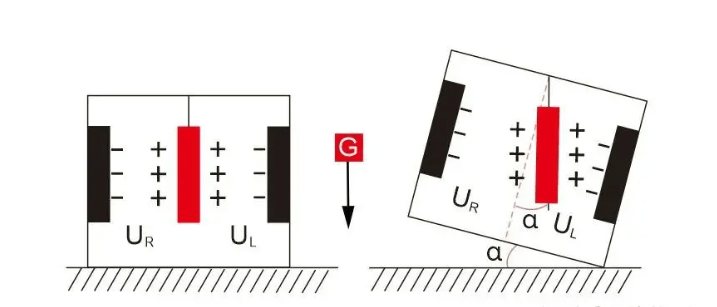
The theory is based on Newton's second law: according to the basic principles of physics, inside a system, velocity cannot be measured, but acceleration can be measured. If the initial speed is known, the line speed can be calculated by integrating, and then the linear displacement can be calculated, so it is actually an acceleration sensor using the principle of inertia. When the tilt sensor is at rest, that is, there is no acceleration in the side and vertical directions, then the only force acting on it is the acceleration of gravity. The angle between the vertical axis of gravity and the sensitive axis of the acceleration sensor is the angle of inclination. The tilt sensor in the general sense is static measurement or quasi-static measurement, once there is external acceleration, then the acceleration measured by the acceleration chip contains the external acceleration, so the calculated angle is not accurate, therefore, the common practice is to increase the mems gyro chip, and adopt the preferred Kalman filter algorithm. The ER-TS-3260VO's built-in (MEMS) solid pendulum can measure changes in the static gravity field, convert them into changes in inclination, and output them through voltage (0~10V, 0~5V optional), so that the calculated angle is quite accurate.
Use
Tilt sensors are used in a variety of applications to measure angles. For example, high-precision laser instrument level, engineering machinery equipment leveling, long-distance ranging instruments, high-altitude platform safety protection, orientation satellite communication antenna elevation measurement, ship navigation attitude measurement, shield pipe application, dam detection, geological equipment tilt monitoring, artillery barrel initial launch angle measurement, radar vehicle platform detection, satellite communication vehicle attitude detection and so on.
Application example
Used in tower cranes
The inclination sensor is the main part of the anti-overturning monitoring instrument of tower crane. The function of the inclination sensor is to measure the angle of the tower tilt in real time. Since the tilt angle at the top of the tower is very small, the sampling frequency of the tilt sensor should be within the range of 0.5-10Hz, the measurement accuracy is higher than 0.05 degrees, and the noise caused by the vibration of the tower should be filtered out to ensure reliable communication and accurate judgment. The accuracy of the ER-TS-3160VO Voltage Single Axis Tilt Meter is 0.01 degrees, which is obviously higher than 0.05 degrees, and it is suitable for the tilt monitoring in this case.


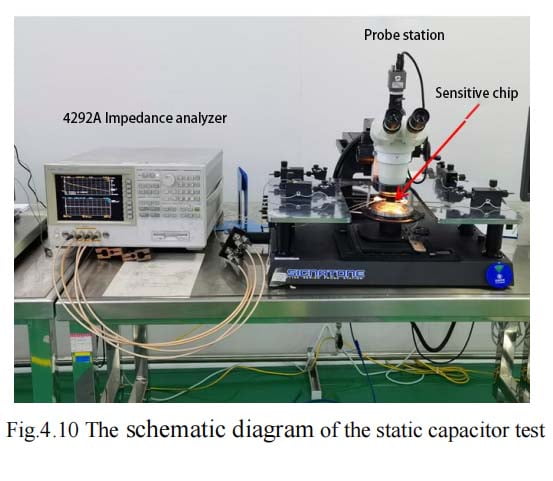
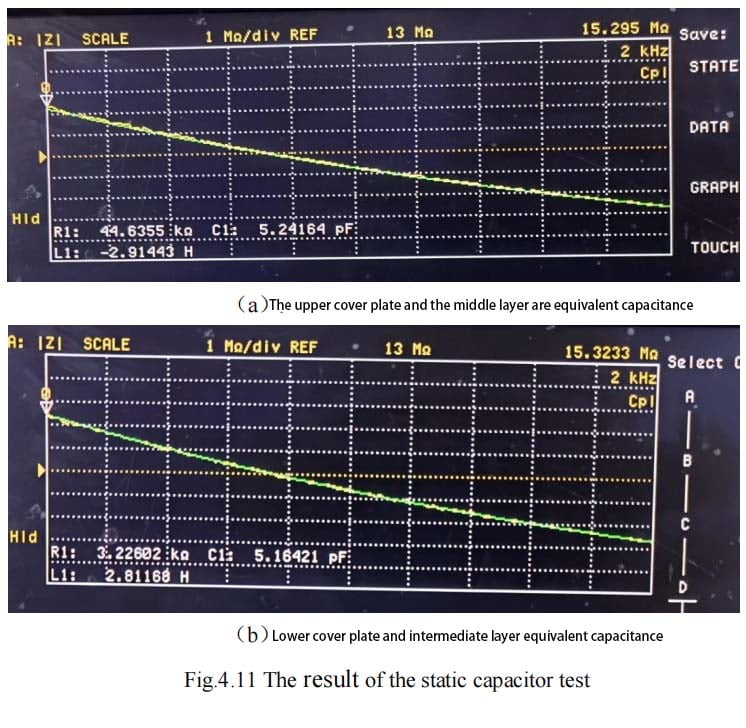

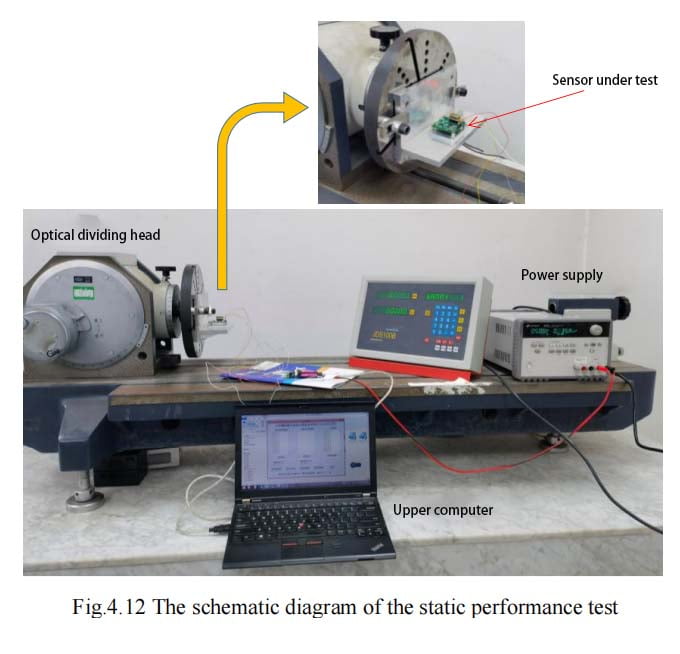
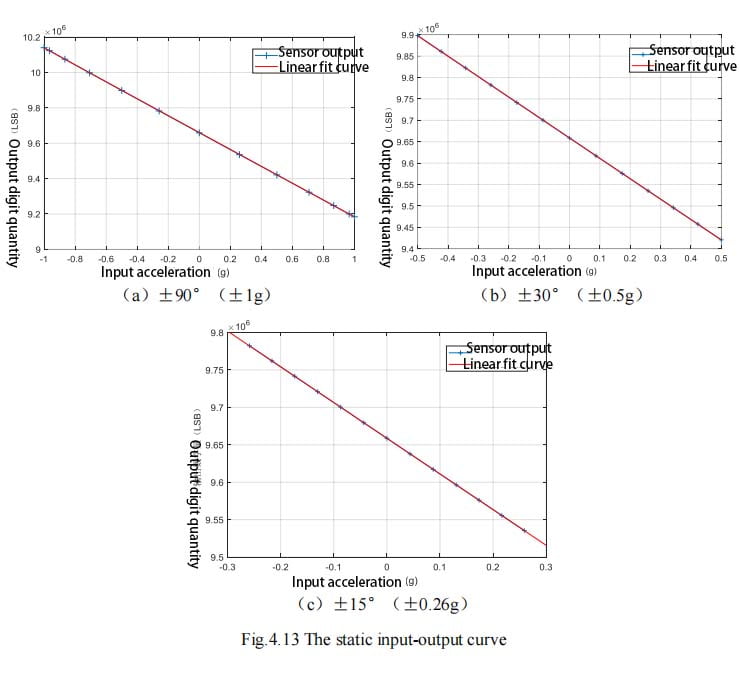

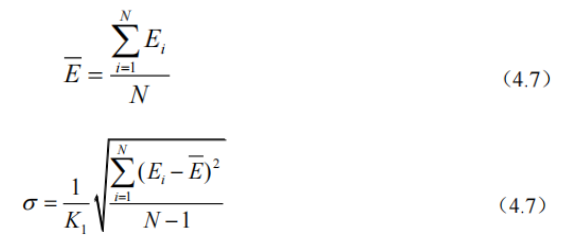
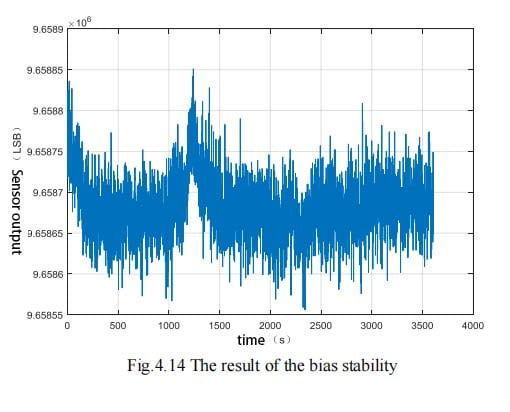

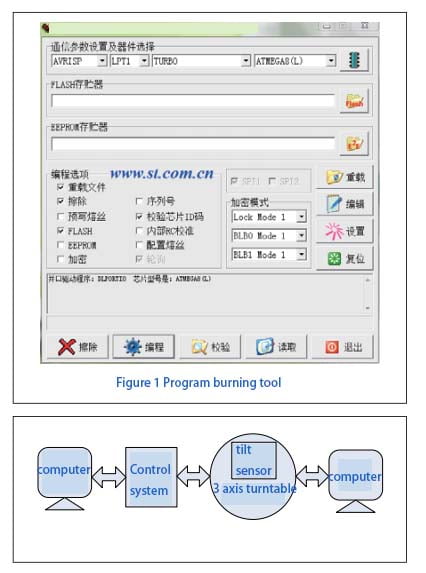
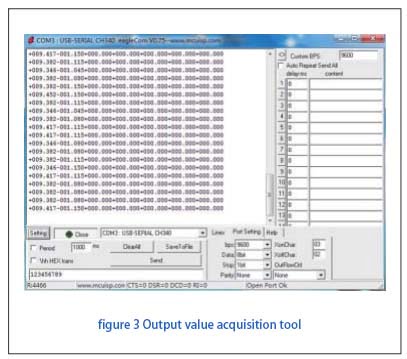
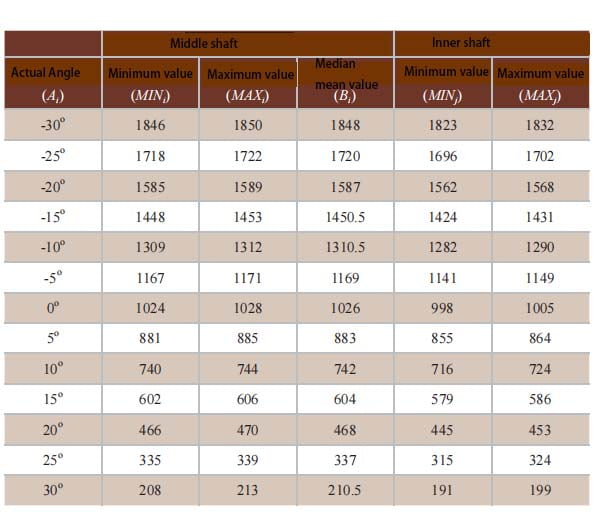
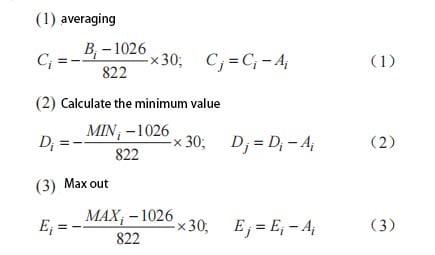
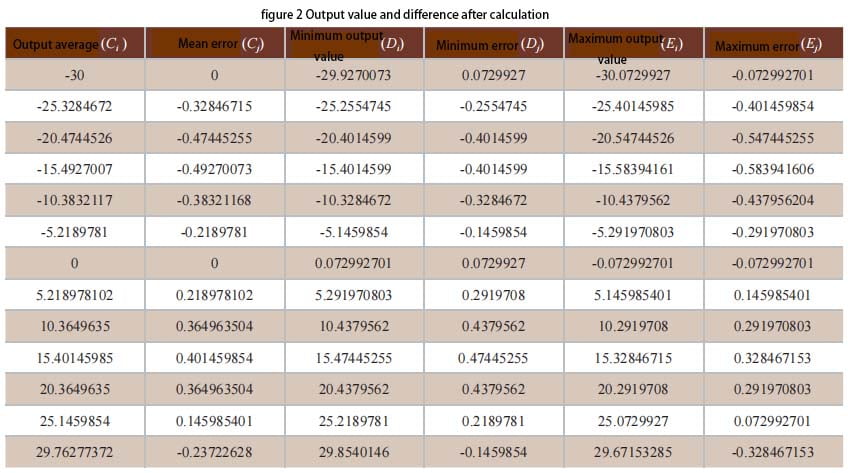
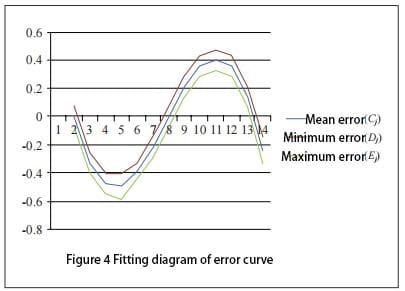
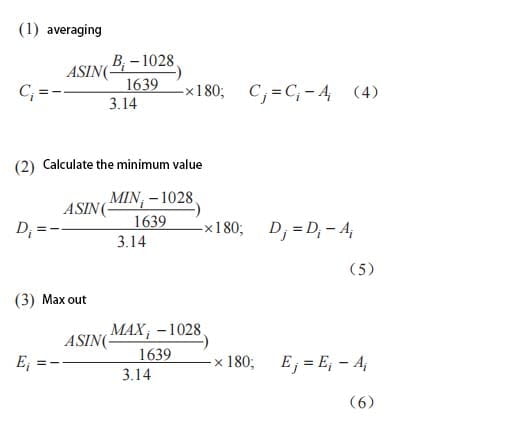
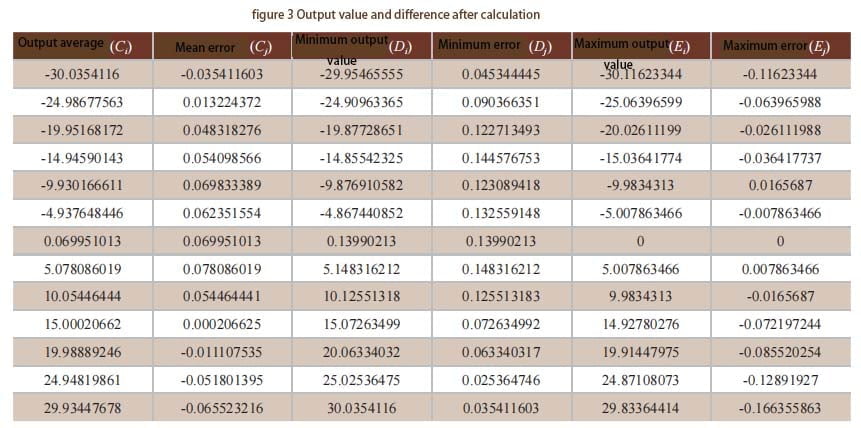
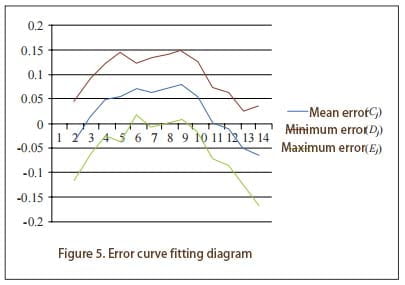

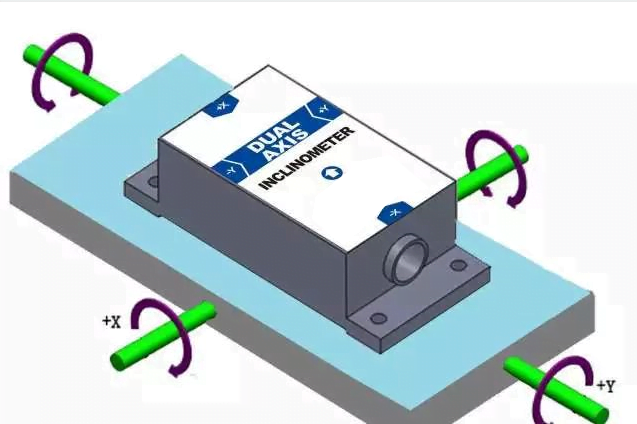

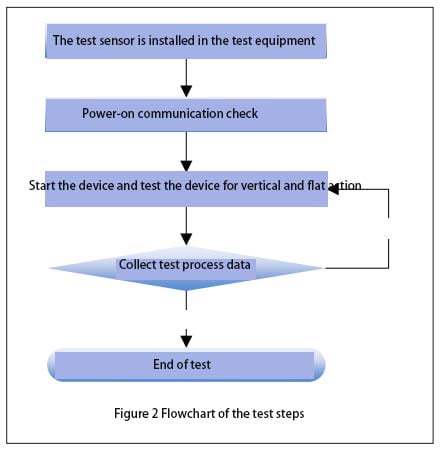
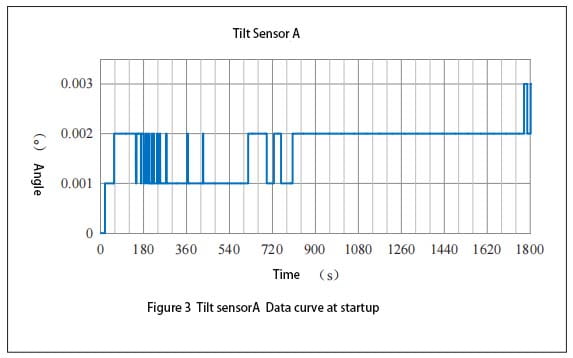
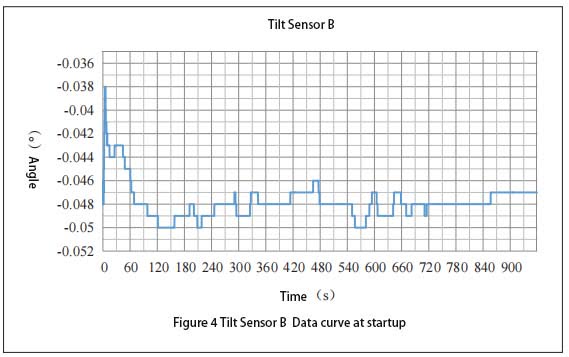
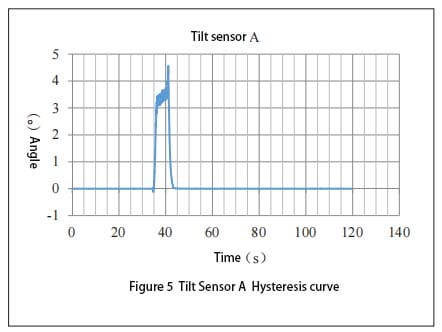
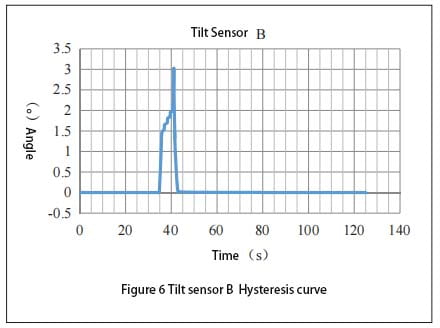
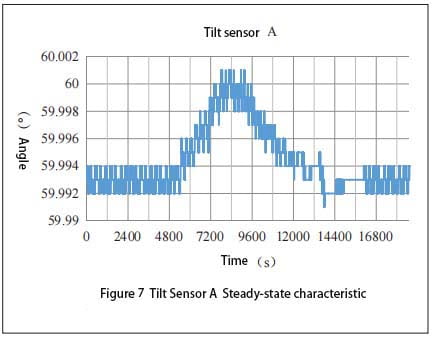
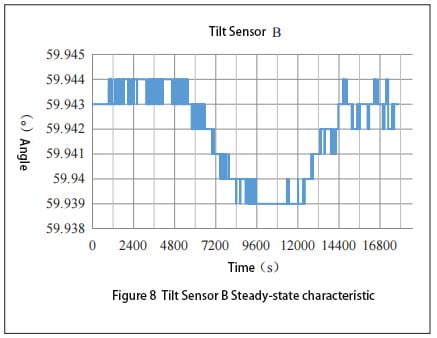


.jpg)
